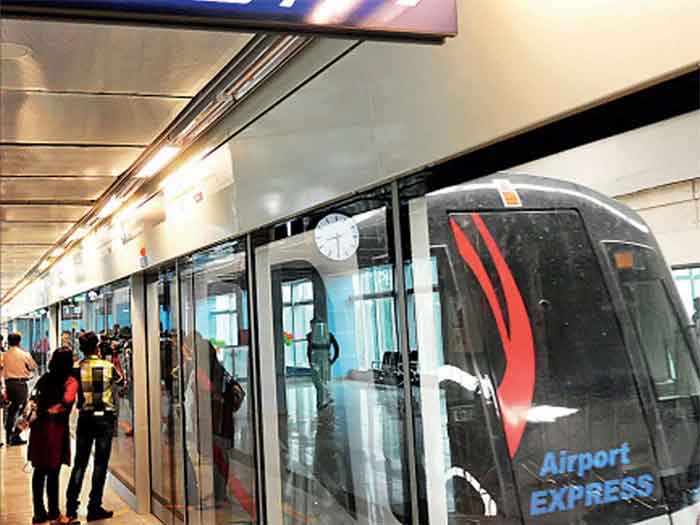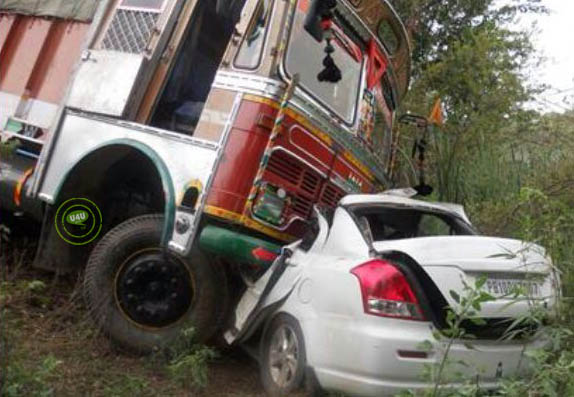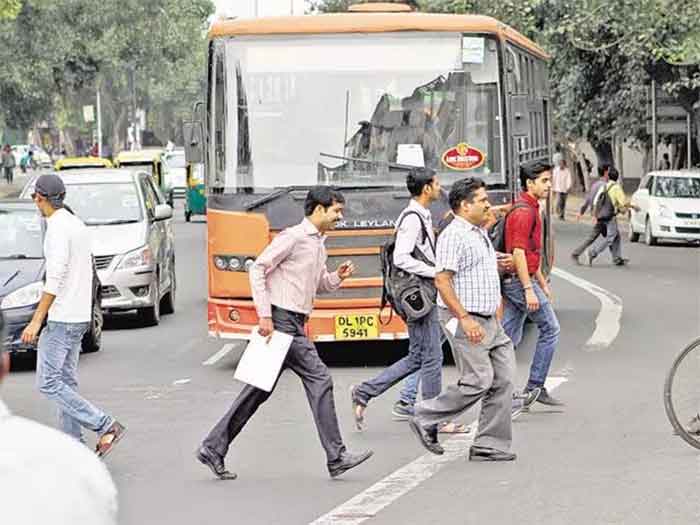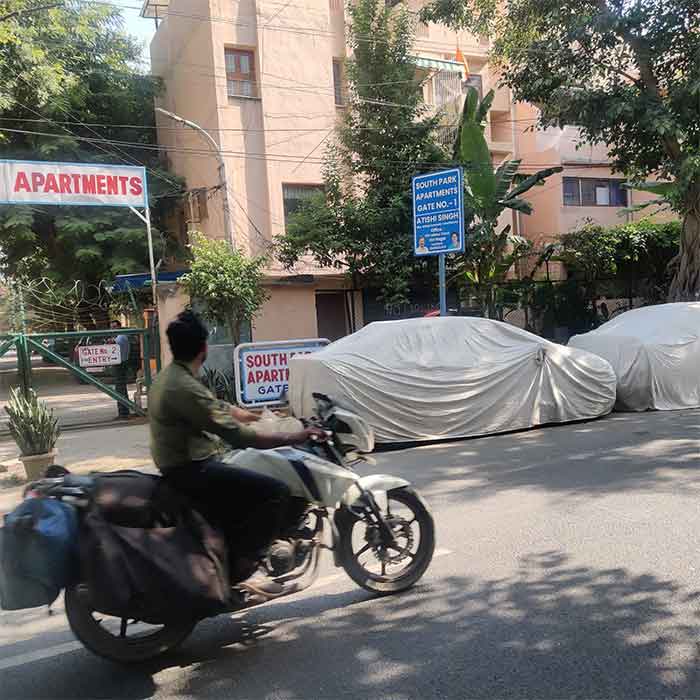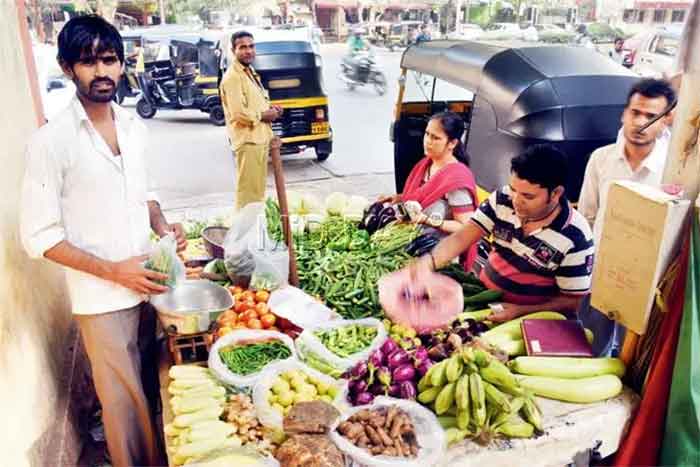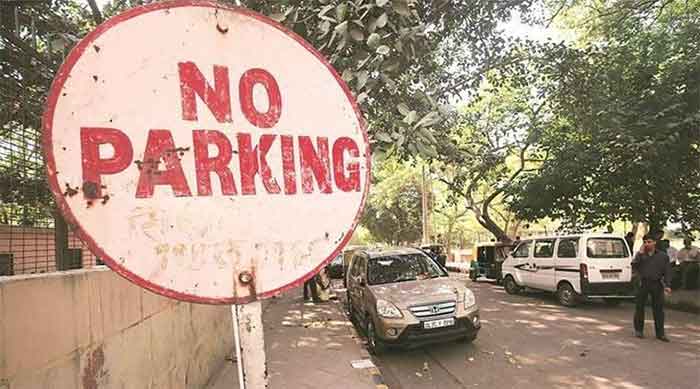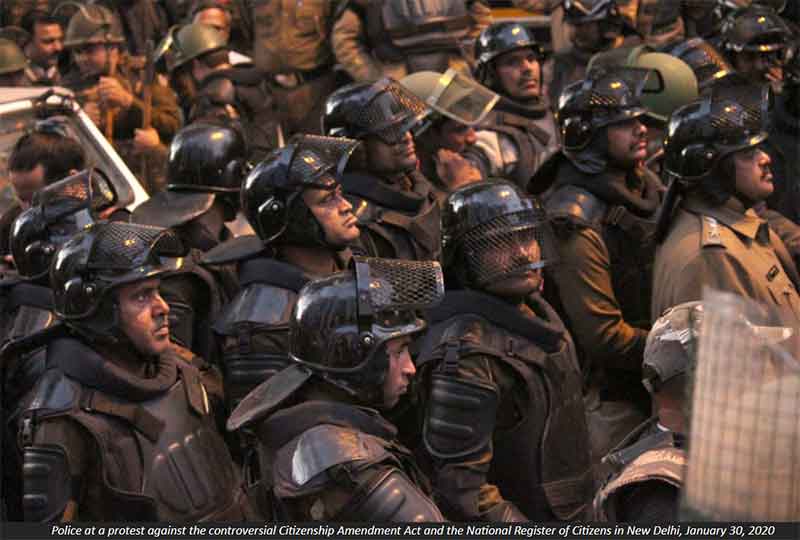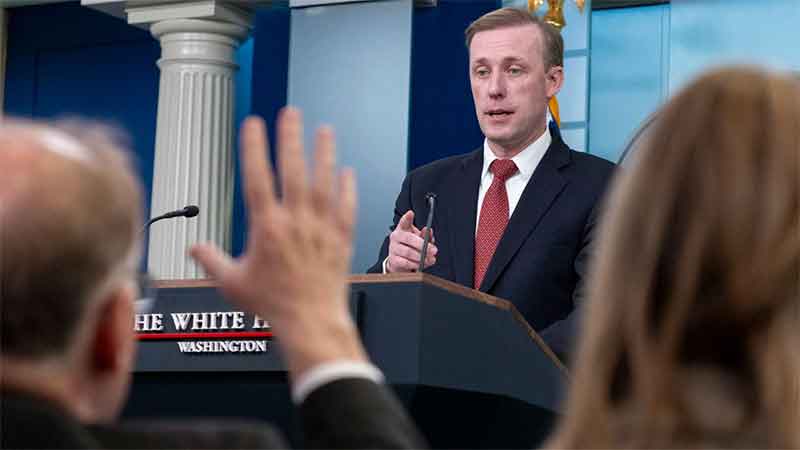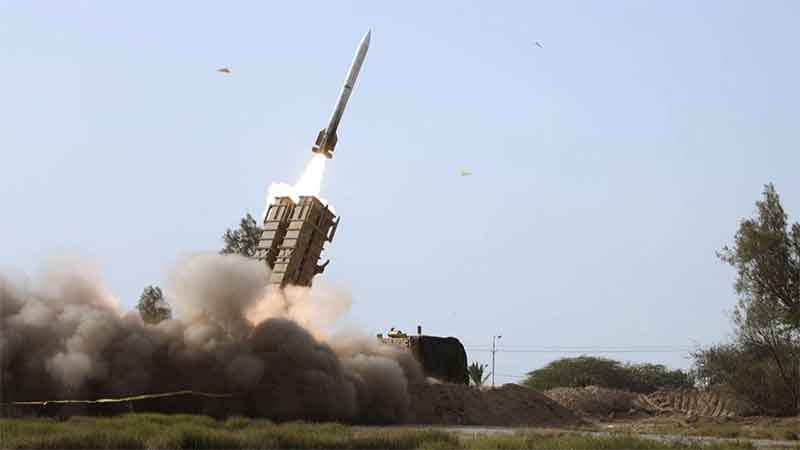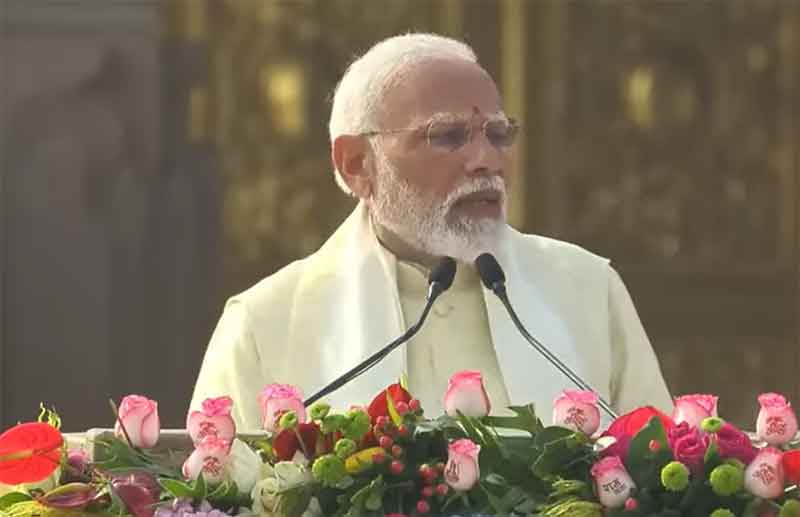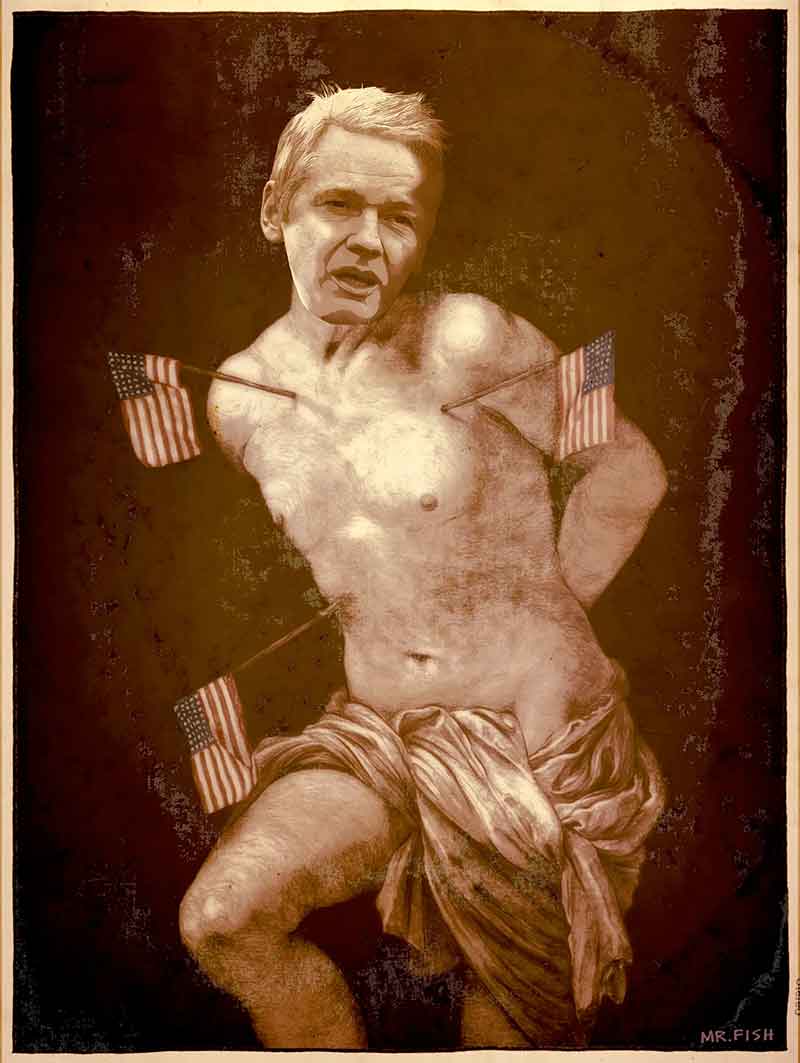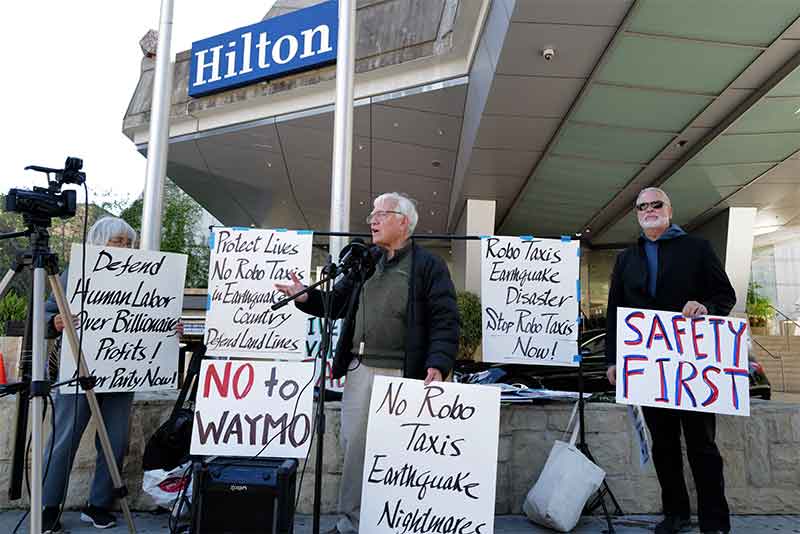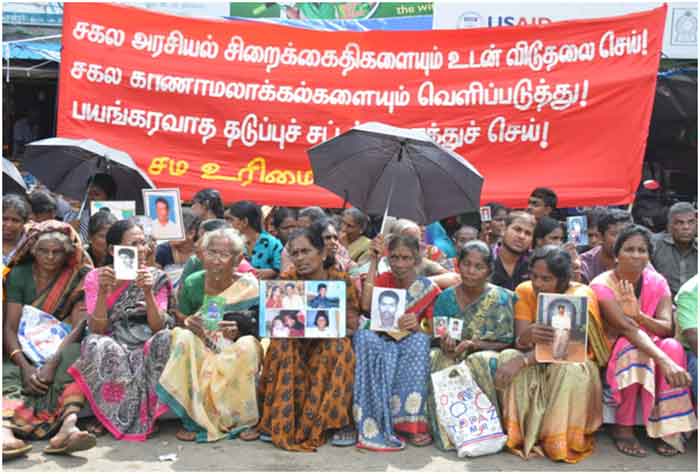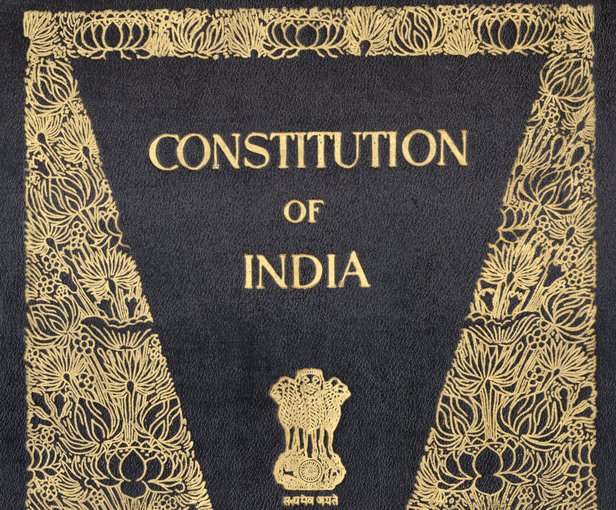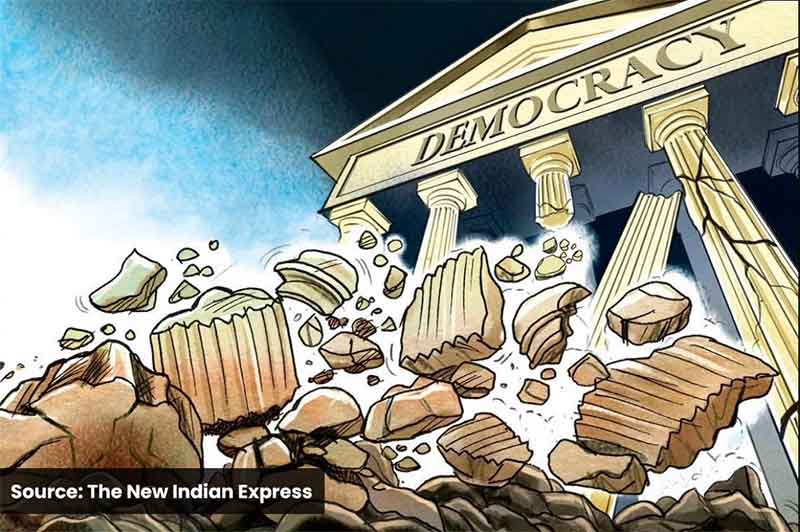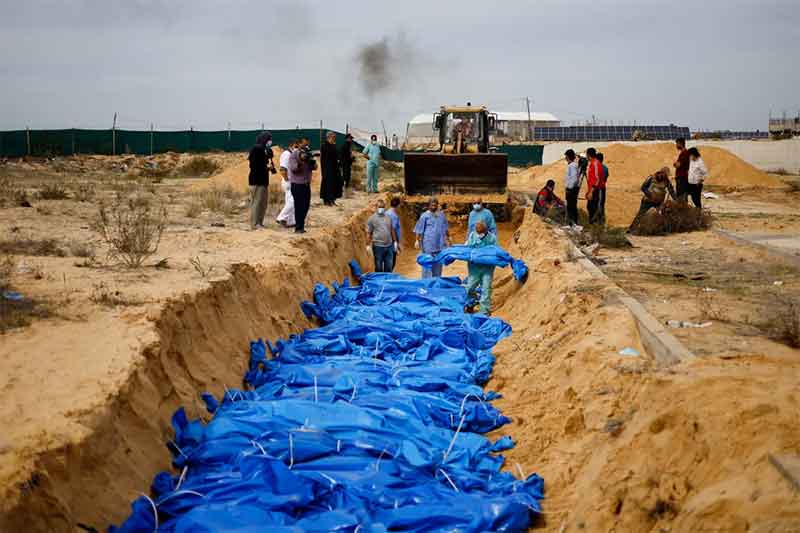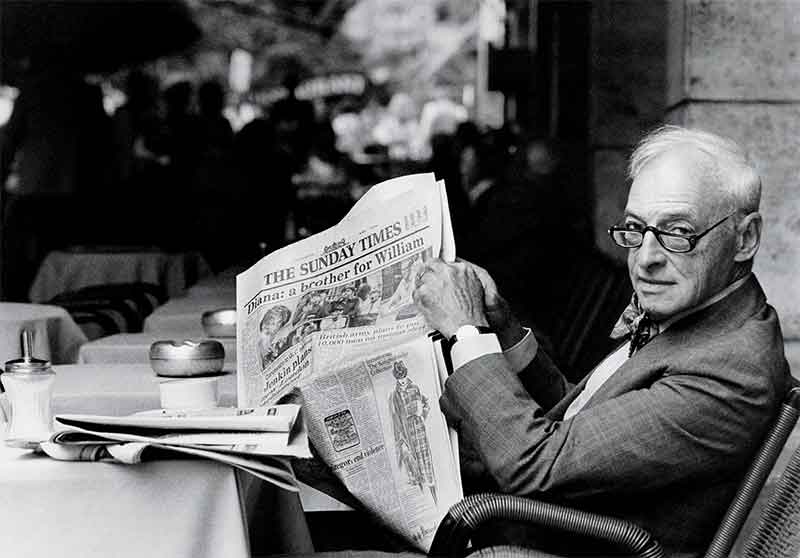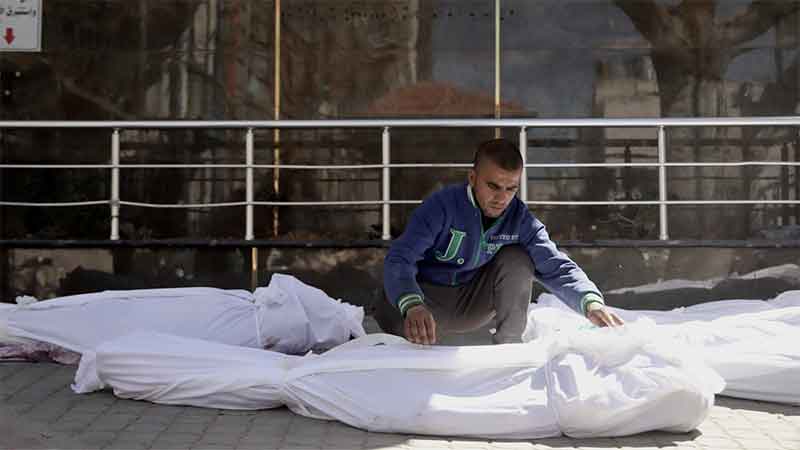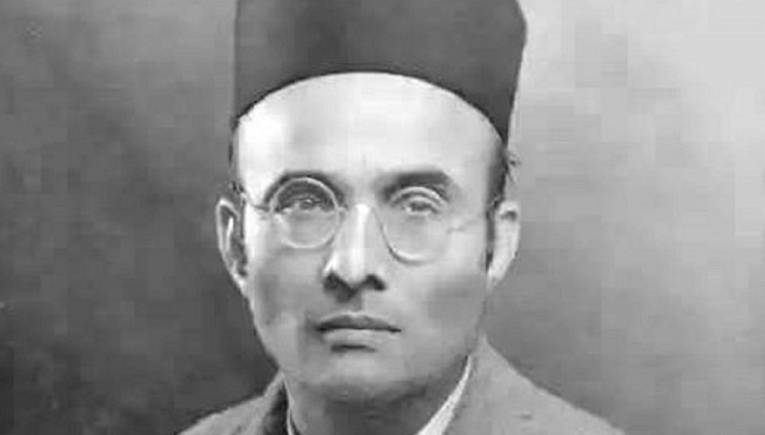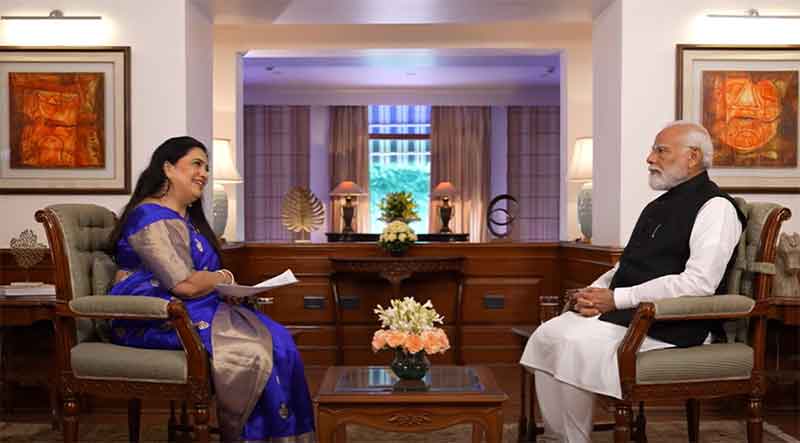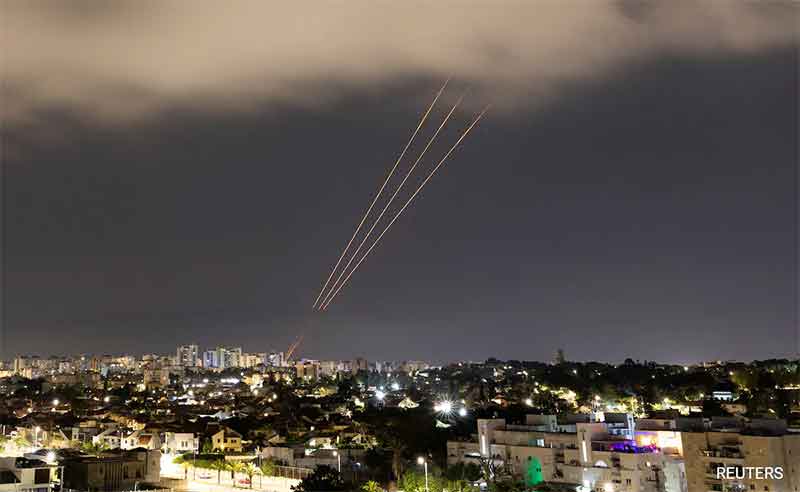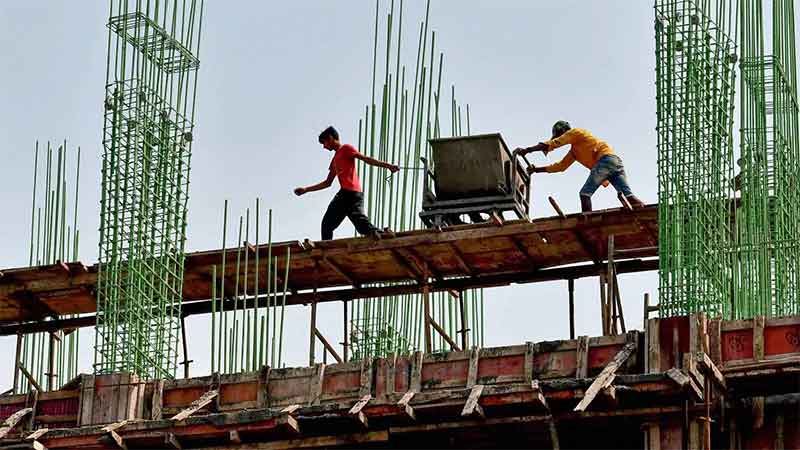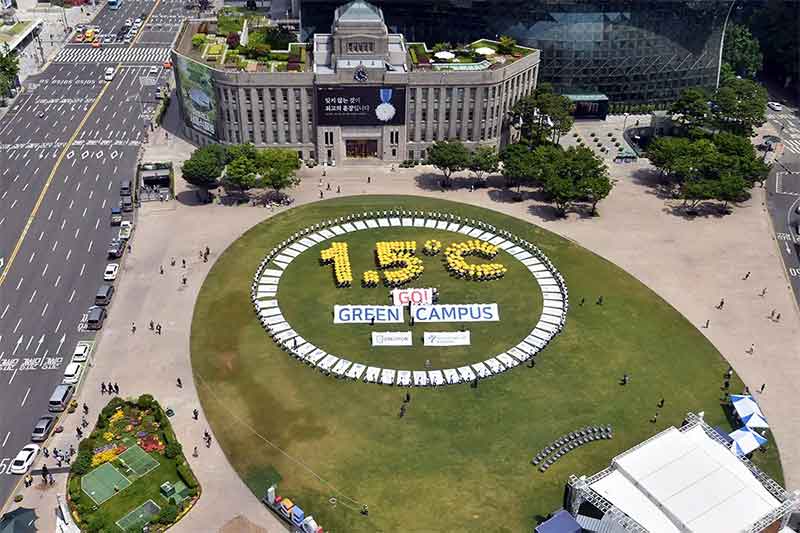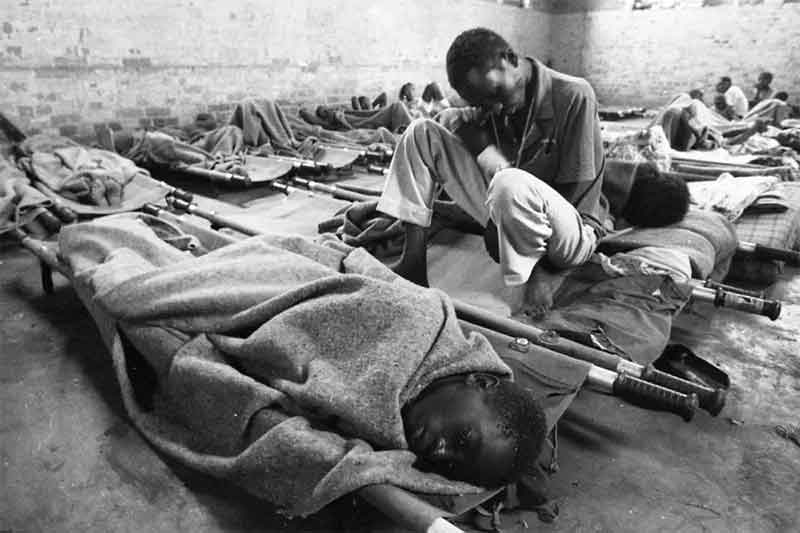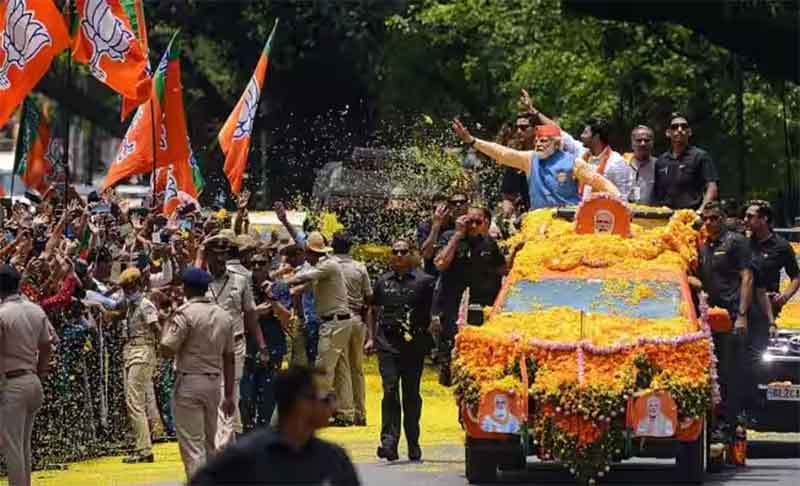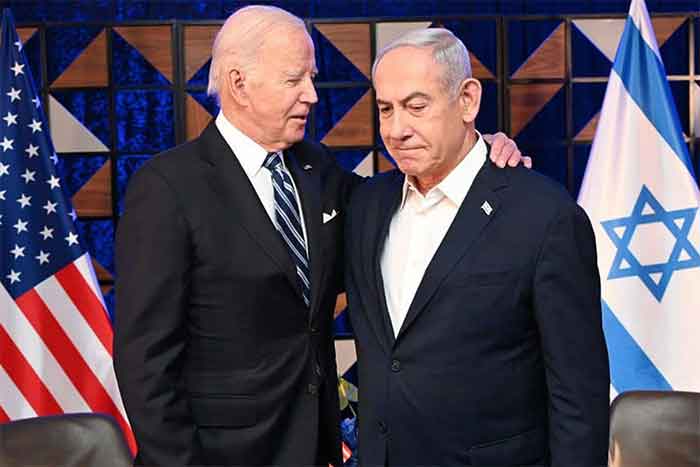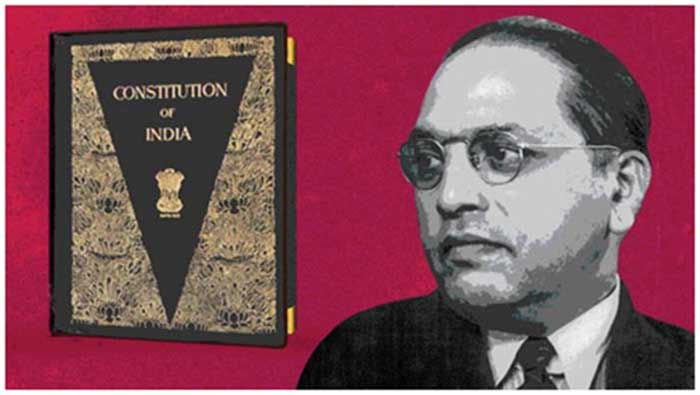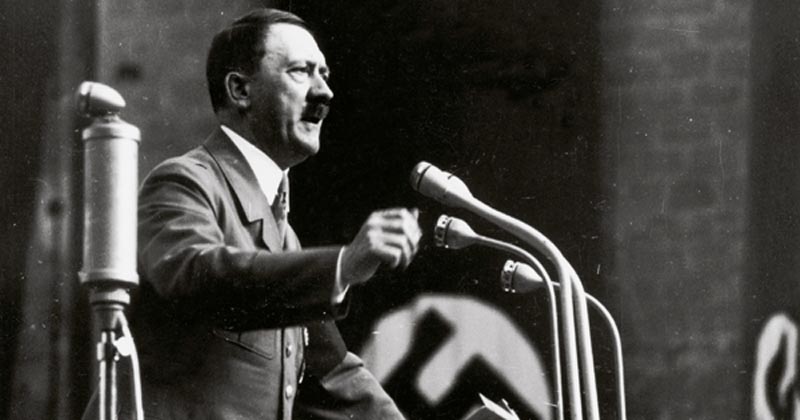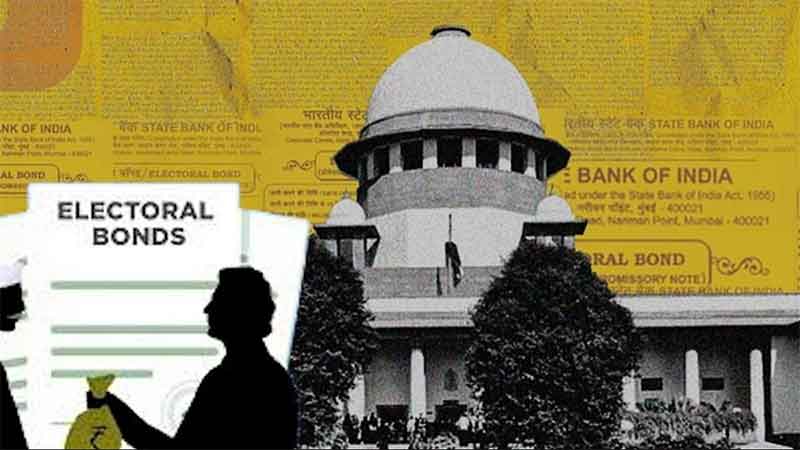
Here is an opportunity to stress the demand for democratisation of road space. The government dare not accuse the activists of being urban Naxals because its own guidelines in the wake of Covid suggest creating more space on roads for bicycles and pedestrians.
Various studies conducted by the ministry of housing and urban affairs MoHUA show that about 16-57% of urban commuters are pedestrian and about 30-40% of commuters use bicycles in the country depending on the size of the city. Considering this as an opportunity, elevating the priority of these modes in this testing times gives travellers another private vehicle alternative, which is clean, safe, secured particularly, if it is integrated with other modes and affordable for all. This area is one of the thrust areas of National Urban Transport Policy-2006[NUTP-2006]. It will also generate employment opportunity for the work force in NMT industry, the government says.
Actually, pedestrians form an almost 100 per cent sector of road users because almost every one walks for some distance to a bus or train facility, to workplace or home. Cyclists and pedestrians can help maintain physical distance. Priority is also needed for buses on roads and reducing space for cars so that more space can be created for pedestrians and buses.
In the wake of Covid other cities have taken such measures as the following.
New York has added 40 miles of new lanes to support cyclists;
• Oakland, USA has closed 10% of its streets for motor vehicles;
• Bogotá, Colombia has added 76 km of cycle overnight;
• In Milan, Italy, 22miles of streets has been transformed to cycling lanes
• Auckland, New Zealand has removed on-street car parking and built up 17 km of temporary bike lanes in addition to widening of existing bike and foot paths.Also, city has developed a program to fund pop up bike lanes;
• Promotion of bike sharing in China has led to 150% increase in trips nationwide during lockdown; and
• In UK, local businesses relocate road space for pedestrians to allow residents to respect social distancing guidelines, while queuing outside shops
In New York lot of road space is closed to cars and is being used for open air restaurants where people enjoy eating, keeping a safe distance.
In India instead of promoting public transport in the wake of Covid the government is actually downgrading it.
Here is how things are going. In Mumbai the BEST bus is the only affordable means of transport since access to travel by suburban train trains is restricted to workers from essential services.So we need more and more buses especially since we have to maintain physical distance due to Covid epidemic and can’t afford to take a crowded bus. So the government and the civic corporation should allocate more funds for BEST services.
But the civic body has actually slashed its financial aid to BEST by Rs 300 crore saying its revenues have dropped.
Mr Praveen Pardeshi, who was till recently the municipal commissioner of Mumbai, said during a recent webinar on urban transport organised by Parisar that the government could stop collecting some taxes from public sector transport undertakings to ease their financial difficulties. He seemed to be in favour of accepting the principle of Polluter Pays, let polluting cars pay taxes to meet the losses of BEST and other bodies.
Innovative ways could be found to raise revenues. When he was in charge of the forest department, the entry fee of Tadoba tiger reserve was increased and the revenue helped in improving the maintenance.
During the webinar Prasanna Patwardhan, a private bus transporter in various cities, questioned the heavy expenditure on metro railway. The estimated budget of Rs. 23,000 crore for one single line III in Mumbai has now shot up to to Rs. 32,000 crore, an astounding amount. Mr Patwardhan said with this kind of money bus services can be run in all cities in the state and some of them can be free for travel.
A government which can spend thousands of crores on Metro rail and the coastal road can easily allocate adequate funds for BEST. The BEST proved to be real lifeline for Mumbai, especially during the early months of the lockdown when it was almost the only means of transport in the absence of taxies and auto rickshaws and the suburban trains as well. Since many of services during those early days carried very few people, the government can no longer expect BEST to make profit. Losses were built into the operations.
The operator of London’s underground and bus networks has asked the U.K. government for a grant to keep services running, after coronavirus measures hit its revenue.
Transport for London (TfL) said talks with the government had so far been “constructive”, after warnings that a cash crisis could see Tube and bus routes cut.
“The success of the vital advice for people to stay at home and to only make essential journeys has seen a huge reduction in passenger numbers, and has of course hugely reduced our fares and other revenue,” a spokesman said.
Passenger numbers have fallen by about 95 percent on the Tube and 85 percent on buses because of social-distancing measures.
London Mayor Sadiq Khan, in charge of transport in the British capital, said TfL had been using cash reserves to keep services running and to pay staff wages.
“Unless the government gives us a grant, we will not be able to continue to run the services we have,” he added
There is growing unrest over Covid deaths and working conditions in BEST and looking at examples from other countries this may not be unfounded and exaggerated. In Israel more than a thousand bus drivers have been infected with the disease and hundreds are in quarantine, as the number of cases among Israel’s 9 million population has soared.
London’s transport authorities have announced new measures to protect bus drivers from coronavirus, as colleagues held a minute’s silence for 20 who have already died.
Mayor Sadiq Khan, whose father was a bus driver, led tributes to the victims as authorities said passengers would no longer be able to use the front door near the driver.
“It breaks my heart that 20 London bus workers have lost their lives to COVID19. It could easily have been my dad and his friends,” Khan wrote on Twitter.
“Our transport workers are heroes and we must do everything we can to protect them, he said.
In India we also need more women in administration of urban transport and planning as they have a more humane approach.
Geetam Tiwari, senior transport thinker from Delhi IIT, says the Central government is too focused on the expensive Metro networks, paying little attention to buses which are a real need. There is a special Metro Railway Act of 2002. Why not an Act for buses ? Sadly, the government is doing away with comprehensive mobility plans of several cities and pushing for Metro railway.
C Shikha, managing director of Bangalore Metropolitan Transport Corporation, came off as a forward looking woman administrator during a recent event organized by Environment Support Group. She said urban bus undertakings should not be viewed in terms of profit. They are service providers. That is more important. One hopes Mumbai bureaucrats listen to her.
Vidyadhar Date is a senior journalist and author of a book about democratizing streets and transport
SIGN UP FOR COUNTERCURRENTS DAILY NEWSLETTER

